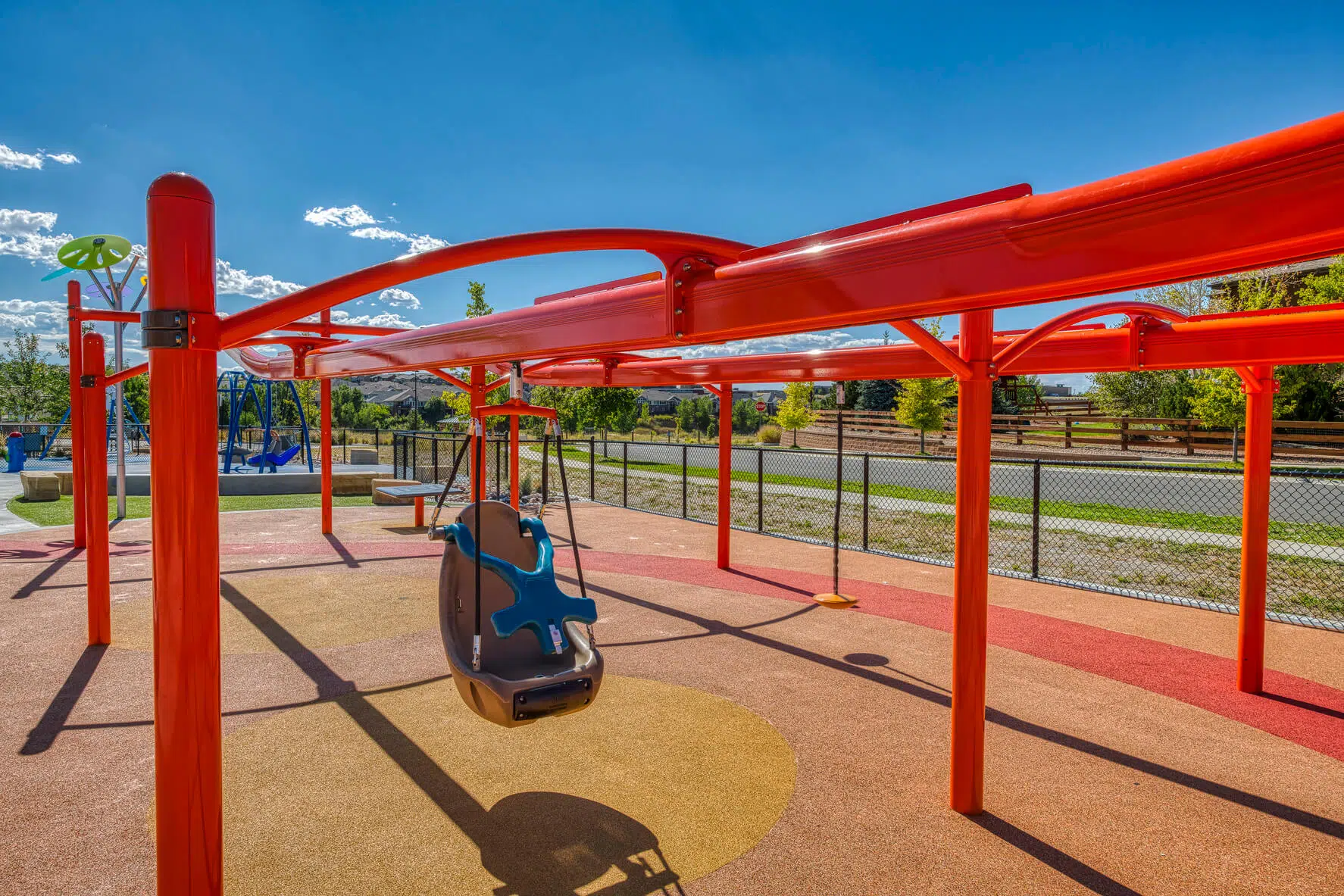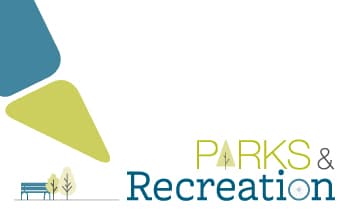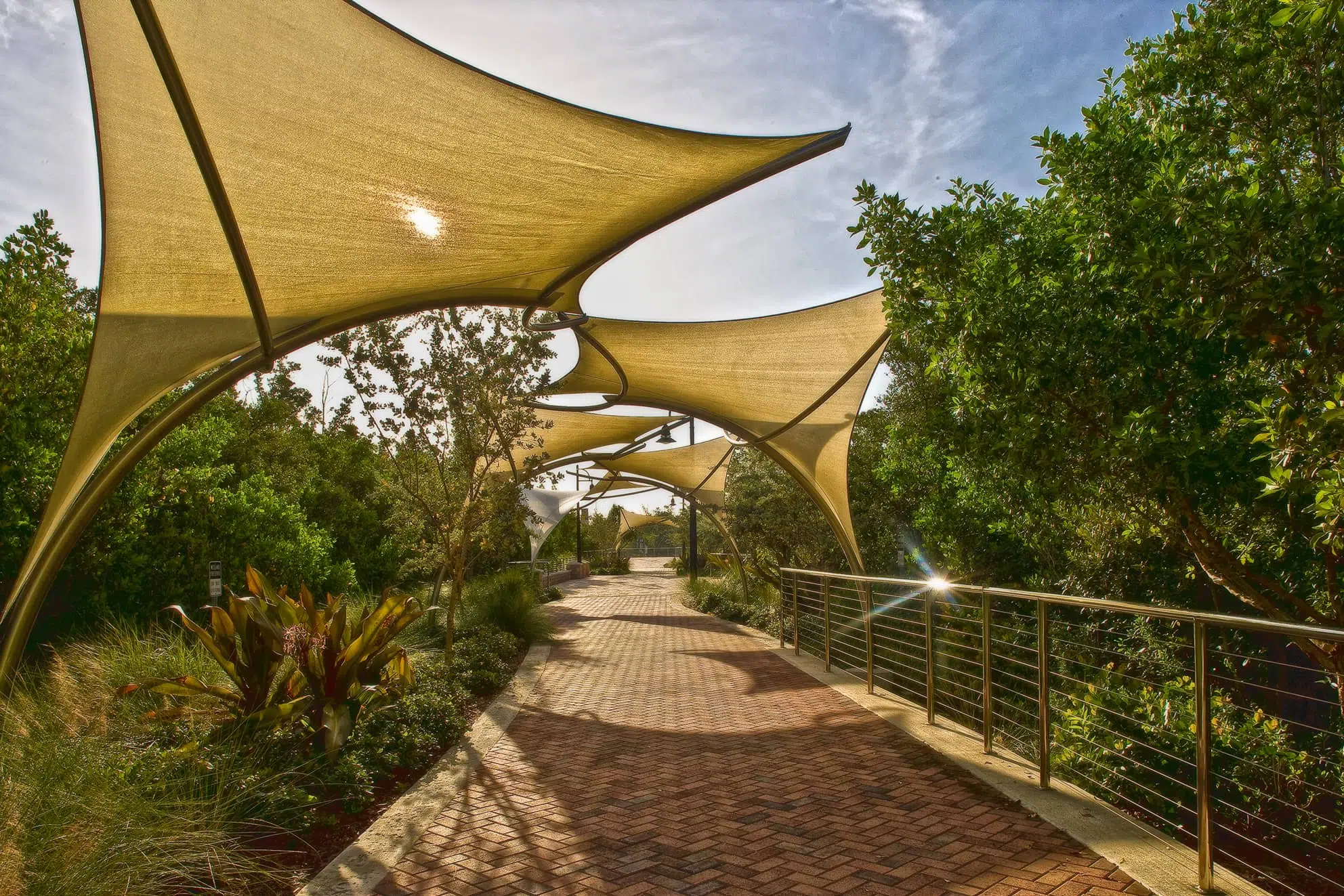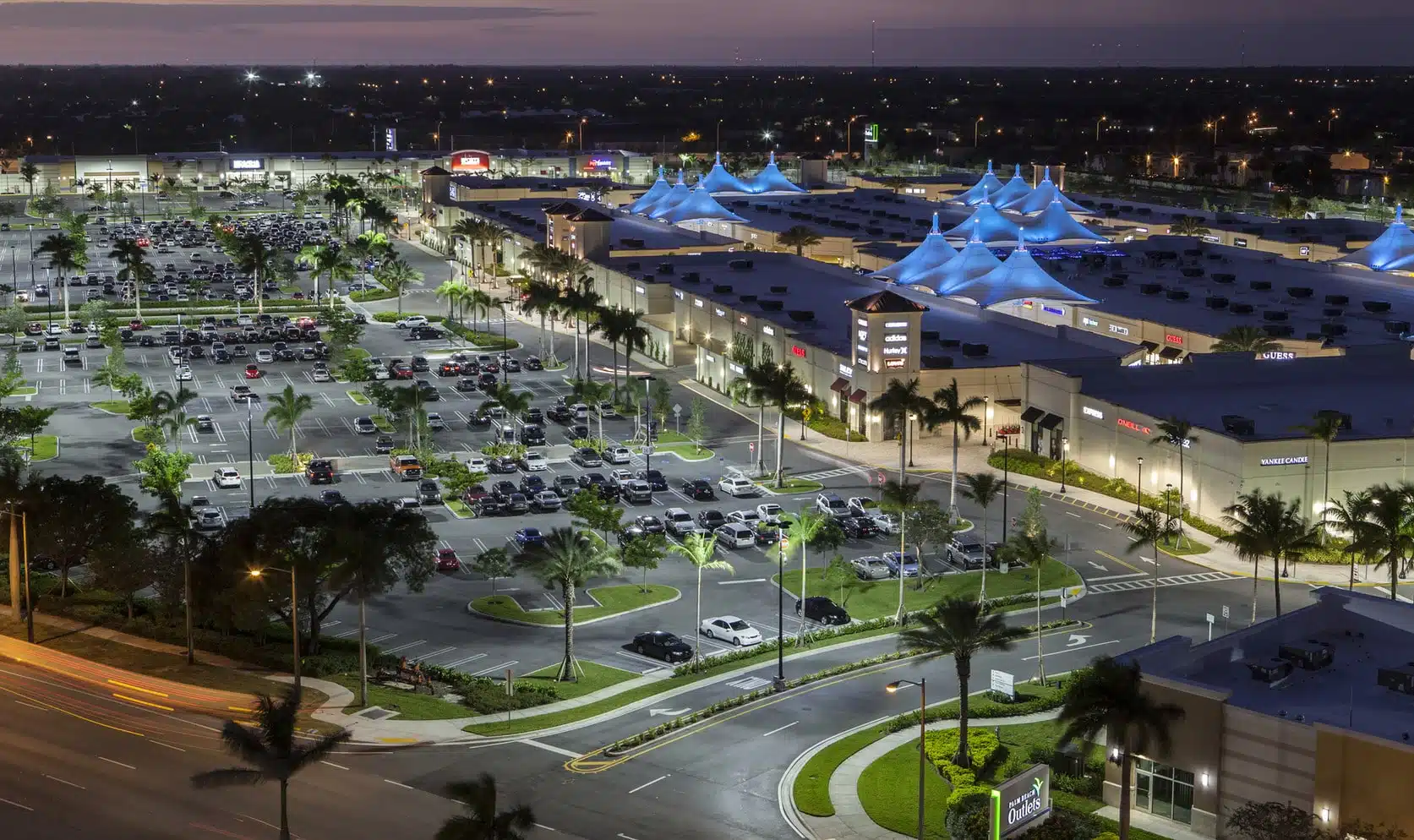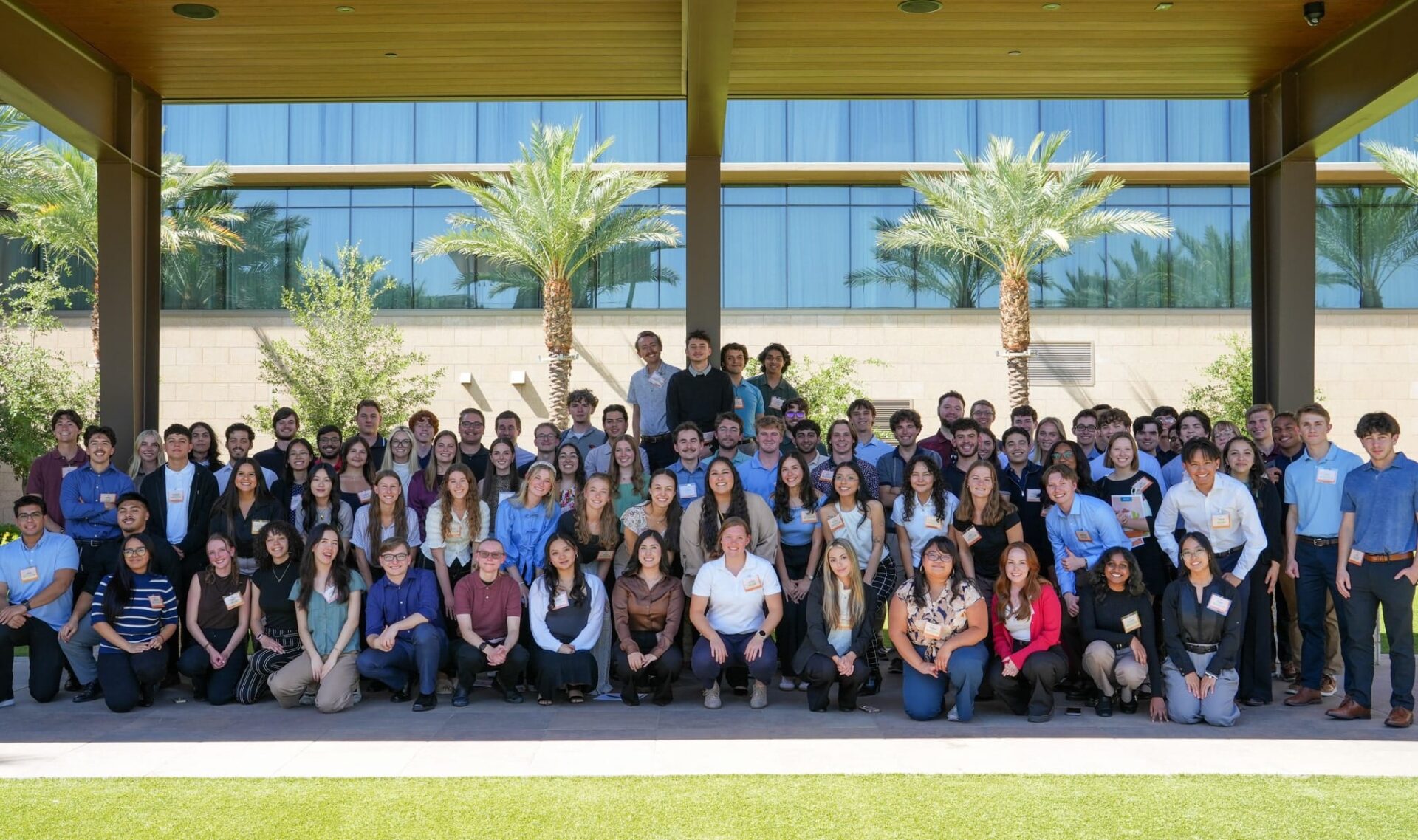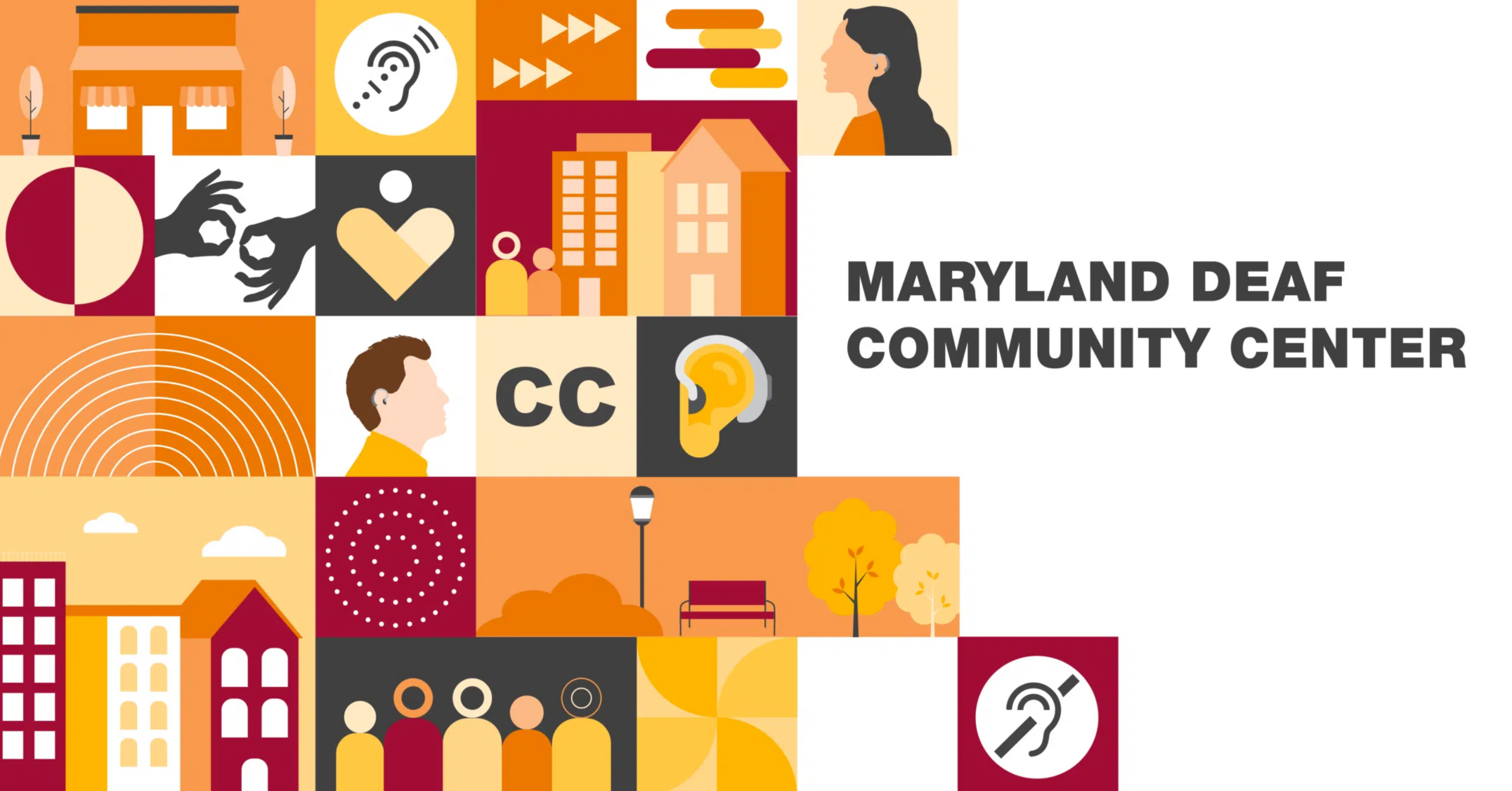Often when we think of a playground, we think of tall slides with long ladders or narrow-seated swings requiring you to hold on tight to the metal chains connecting seat to frame. Rarely do we consider the inclusivity or accessibility of the equipment, surfacing material, or surrounding landscape. Well-designed playgrounds and parks create an inclusive space for people of all abilities to play, learn, and grow together. Kimley-Horn Parks and Recreation experts, including our in-house certified playground safety inspector, help make these community gathering spaces safer and more accessible for a greater sense of belonging.
What is an Inclusive Playground?
The goal of an inclusive playground is simple: include everyone. Traditionally, the favored style of playground design has been post-and-platform—a smaller platform, or ladder, leads to an elevated platform, reaching a higher point. This familiar design can lead to a lack of inclusion, excluding most people with disabilities or individuals who use wheelchairs. Inclusive playgrounds have become a key opportunity amenity for residential communities, cities, and retail developments to reach a segment of the population who, for many years, hasn’t had the ability to participate fully in community activities.
Parks and playgrounds offer people a unique place outside the home for growth, socialization, and development. An inclusive playground helps eliminate the physical, mental, and social barriers that result from exclusion. Incorporating inclusive elements provides a sensory-rich experience for all, even the elderly. Creating an easy to navigate play area encourages a fun bonding experience between grandparents or elderly caregivers and children.
The Shift Toward Inclusive Playground Design
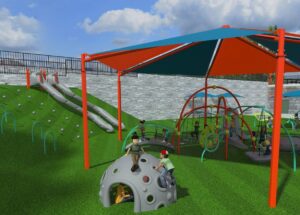 In 2010, the Americans with Disabilities Act (ADA) revised its standard, requiring design for public spaces such as playgrounds to become, “readily accessible to and usable by individuals with disabilities.” As a result, manufacturers began to produce products and equipment to follow ADA standards.
In 2010, the Americans with Disabilities Act (ADA) revised its standard, requiring design for public spaces such as playgrounds to become, “readily accessible to and usable by individuals with disabilities.” As a result, manufacturers began to produce products and equipment to follow ADA standards.
Communities have also started to become more educated about the importance of inclusive design, leading to an increased demand for inclusive playgrounds. Henslee Park playground, an inclusive playground being constructed in Dickson, Tennessee, was developed with the help of Kimley-Horn and involved partnering with the City to design a park that promotes inclusivity. Working hand-in-hand with the playground equipment manufacturer and sensory professionals, Kimley-Horn guided design plans to account for inclusive play equipment, adhering to the ADA guidelines.
Alisha Eley, Kimley-Horn Project Manager of the Henslee Park playground, expressed her desire to create a place for all kids to play:
Creating an inclusive playground without barriers doesn’t always mean starting from scratch. Granny White Park in Brentwood, Tennessee is an example of an existing post-and-platform playground modified to include people of all abilities and ages. Kimley-Horn is currently working with the City of Brentwood to reimagine the popular playground at Granny White Park. The community of Brentwood recognized the lack of accessibility the playground provided and called upon the city to act. Kimley-Horn is providing master planning and design, working closely with manufacturers to include inclusive equipment and relocate usable, safe, non-inclusive equipment elsewhere so it does not go to waste.
Playground Safety and ADA Compliance Inspections
Jeffrey Holzer, Kimley-Horn’s Certified Playground Safety Inspector (CPSI), joined Kimley-Horn in 2016 with a specialization in Landscape Architecture. Over time, he discovered a love for designing parks and playgrounds, and chose to specialize in playground safety and ADA compliance. Jeffrey obtained his CPSI license in February of 2021, authorizing him to inspect play spaces for code requirements, safety hazards, and inclusive design.
Inclusive Playgrounds Promote Unity and Belonging
Jeffrey has utilized his certification to inspect various playgrounds and has seen the positive impact they have on a community that before, may not have known how beneficial an inclusive playground could be.
A sense of belonging for all is created when an inclusive playground is constructed. They are becoming multigenerational gathering spaces for community unification, socialization, connectivity, and fun. Kimley-Horn works diligently to create, and now inspect, these play places for clients across the country. It is one more way we help our clients and communities expect more and experience better.
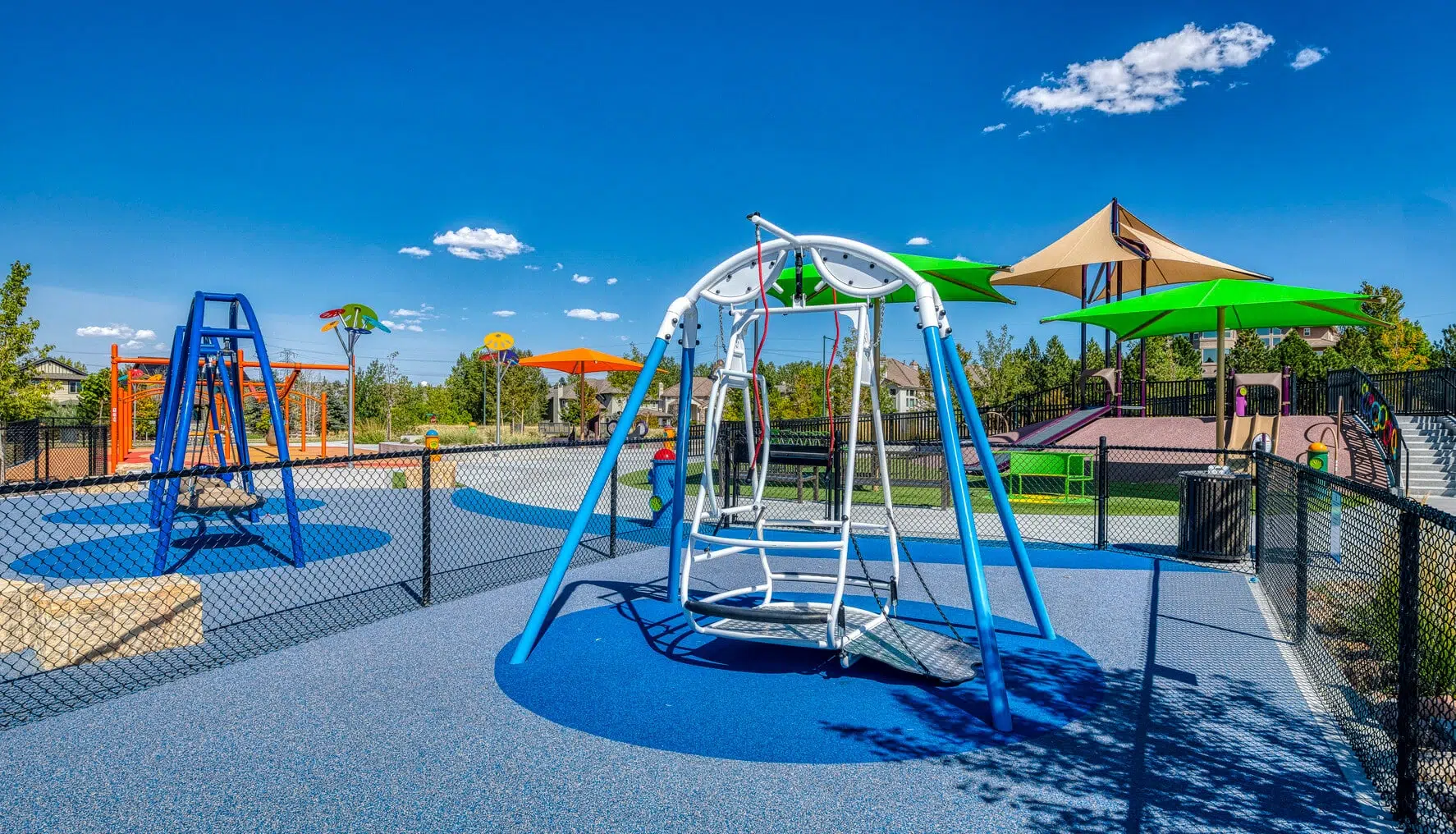

 In 2010, the Americans with Disabilities Act (ADA)
In 2010, the Americans with Disabilities Act (ADA) 